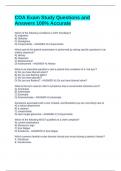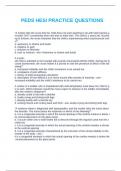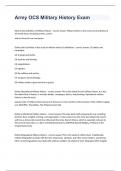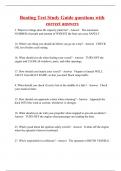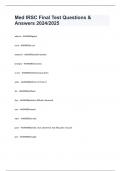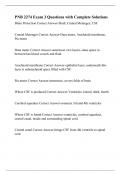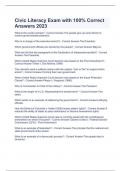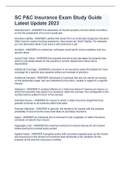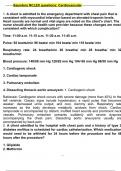Exam (elaborations)
COA Exam Study Questions and Answers 100% Accurate
- Course
- Institution
COA Exam Study Questions and Answers 100% AccurateCOA Exam Study Questions and Answers 100% AccurateCOA Exam Study Questions and Answers 100% Accurate Which of the following conditions is NOT hereditary? A) migraines B) Diabetes C) Nystagmus D) Conjunctivitis - ANSWER-D) Conjunctivitis Whic...
[Show more]
